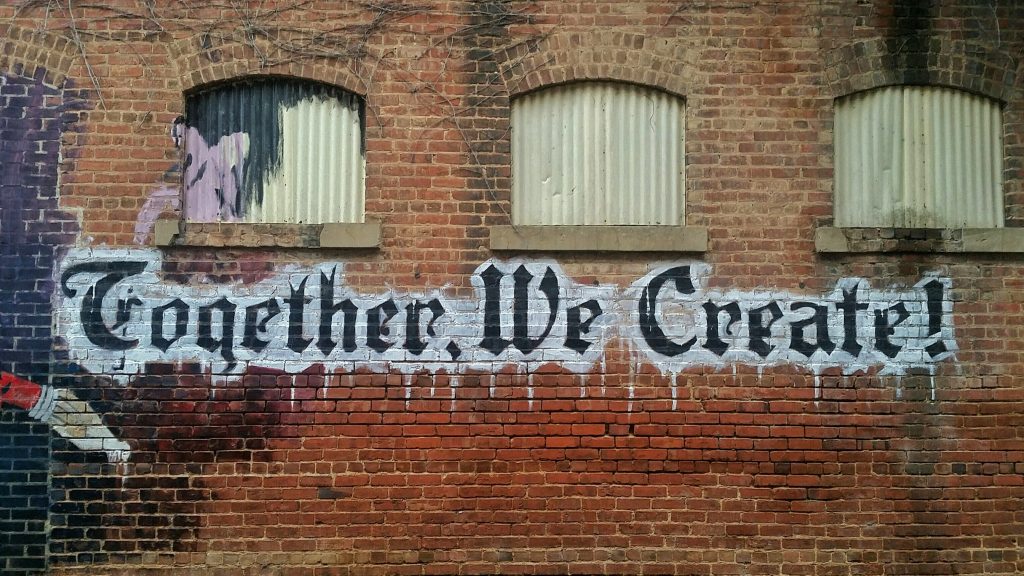The fourth day’s post of Mercari Advent Calendar 2020 is brought to you by Rafael Marcos da Silva from the Mercari Engineering Office team.
What motivates us
What Gmail, Amazon Prime, and even coated guitar strings have in common? These products and services started as an ordinary idea sent to an employee suggestion box.
You can surely find the stories about these cases on the web, but let me share some words about Amazon Prime’s story, it’s my favorite! That is because what motivated this idea was a mutual pain shared by backend engineers and customers.
Amazon used to have a free-shipping offer called “Super Saver Shipping” which was quite complex. Customers were required to hit a $25 minimum with each order to qualify for the offer, and then wait eight to ten business days for their delivery.
Charlie Ward, former backend engineer and current Technology VP in Amazon, sent his idea to simplify this process to Amazon’s suggestion box. That became the one-click solution “Amazon Prime” we have today.
And that’s what we are going to talk about in this post, how you can be the person easing the pains of your team, the customer, or maybe both at the same time!
Our internal suggestion system
Mercaris engineering proposal process has been around for almost two years and has been continuously improved based on the inputs or engineers and self-criticism. The last big challenge in the struggle for improvement could be summarized in dealing with three fundamental issues:
- Standardization: the proposers weren’t sure about the steps of the process;
- Scope: the process had many proposals that weren’t within the authority of the Engineering division and would fit better in other proposal processes;
- Ownership: there was confusion about who would be responsible for the different steps of the process.
Although we are still working on these improvements, a lot of effort was put into the update of the engineering proposal to allow proposers to feel that their proposals are being carefully and fairly considered.
Now back to how you share your ideas in the engineering proposal, the new process goes as follows:
- Fill the application form with following information:
- Project name,
- Which subdivision of engineering would fit your proposal the best,
- Which issue are you approaching,
- What you aim to achieve,
- Which resources you need (Time, Personal, Tech, Other),
- How your proposal aligns with existing or proposes new OKR(s).
- Support the director who will be responsible for your proposal with the information needed to clarify any open question or even improve upon for an even better outcome.
This communication will both happen through the engineering proposal Slack channel, or at the issue which will be automatically created at the engineering proposal Jira board when you submit a proposal. So we hope you can track your proposal in Jira and also be aware of mentions in Slack.
From proposal to project
That’s it, the responsibility of the proposers ends here in most of the cases. Yet, we are still working on the feedback we get and that might change in the future. For instance, the proposer might be assigned as the project owner due to their skills or experience, in that case, project owner responsibilities would also be given to the proposer.
The mentioned issue with the scope was also addressed. In the application form, we make sure to ask in which of the subdivisions in the engineering division your proposal fits the best as well as the relationship with existing OKR(s) to give a perspective on the scope of the proposal.
The steps above clarified the default steps that every proposer will go through. Yet, the next steps in the engineering proposal process which aren’t under proposer responsibility are also standardized, take a look:
- Once per month the evaluation board (composed of Engineering CTO, VPs, and Directors) will evaluate the proposals using the scorecard we designed to give an equal and fair evaluation to every proposal and also provide the reasons why a proposal is approved or not approved.
- Also in these monthly meetings we track the approved proposals respective projects, which have the progress continuously evaluated until it’s concluded.
Building the change together
And that’s the end of the process cycle. We hope it became simpler, clearer, and fairer. I say “we” because the owners of the previous process and members of the evaluation board were very engaged with the development of the mentioned changes with a strong will to provide a smooth and fair experience for the proposers. I wish to thank all of them for their support!
To close this article I wish that you all know that I hope that you find in the engineering proposal the best conditions to expose your ideas and if not, just give us your feedback! We are looking forward to reading your most creative proposals, being that suggestion for satellite offices, “interactive” virtual workplaces, one-click solutions, and any other surprising ideas!
Tomorrow’s blog post —the fifth in the Advent Calendar— will be written by Shiva Chaitanya. Hope you are looking forward to it!




